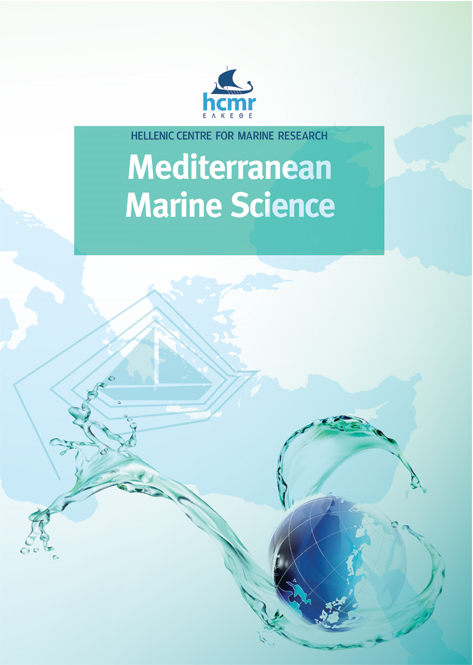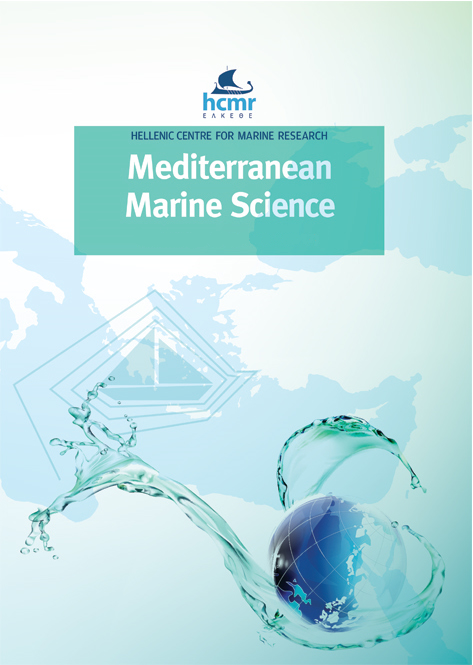First records of non-indigenous species in port of Arzew (Algeria: southwestern Mediterranean)
Resumen
Maritime transport is considered to be one of the main factors to transfer non-indigenous species (NIS), through biofouling of ships’ hulls and ballast water. Therefore, ports and marinas constitute hot spots for the introduction of species carried by international shipping and therefore are important sites for initiating biological monitoring. In this study, the port of Arzew (Algeria, Southern Mediterranean) was surveyed for the presence of NIS and cryptogenic species. The fouling communities of floating submerged structures and the hull of a fishing vessel were sampled with a scraper blade. After fixing and separating, the organisms were identified to the lowest possible taxonomic level. The results revealed the presence of 10 NIS and cryptogenic species, including: 1 Ascidiacea, 2 Bryozoa, 3 Crustacea, 1 Mollusca 1 Porifera, and 2 Polychaeta. Five species are reported for the first time from the Algerian coast. This study contributes to the knowledge of non-native species on the Algerian coast and in the Southern Mediterranean and establishes a baseline dataset for future assessments of NIS in ports of Algeria.
Article Details
- Cómo citar
-
BENSARI, B., BAHBAH, L., LOUNAOUCI, A., EDDINA FAHCI, S., BOUDA, A., & ISLAM BACHARI, N. E. (2020). First records of non-indigenous species in port of Arzew (Algeria: southwestern Mediterranean). Mediterranean Marine Science, 21(2), 393–399. https://doi.org/10.12681/mms.21927
- Número
- Vol. 21 Núm. 2 (2020)
- Sección
- Research Article
Authors who publish with this journal agree to the following terms:
- Authors retain copyright and grant the journal right of first publication with the work simultaneously licensed under a Creative Commons Attribution Non-Commercial License that allows others to share the work with an acknowledgement of the work's authorship and initial publication in this journal.
- Authors are able to enter into separate, additional contractual arrangements for the non-exclusive distribution of the journal's published version of the work (e.g. post it to an institutional repository or publish it in a book), with an acknowledgement of its initial publication in this journal.
- Authors are permitted and encouraged to post their work online (preferably in institutional repositories or on their website) prior to and during the submission process, as it can lead to productive exchanges, as well as earlier and greater citation of published work (See The Effect of Open Access).







